MacFarlane Pheasant’s Blog
See the latest news and tips from America’s Largest Pheasant Farm.
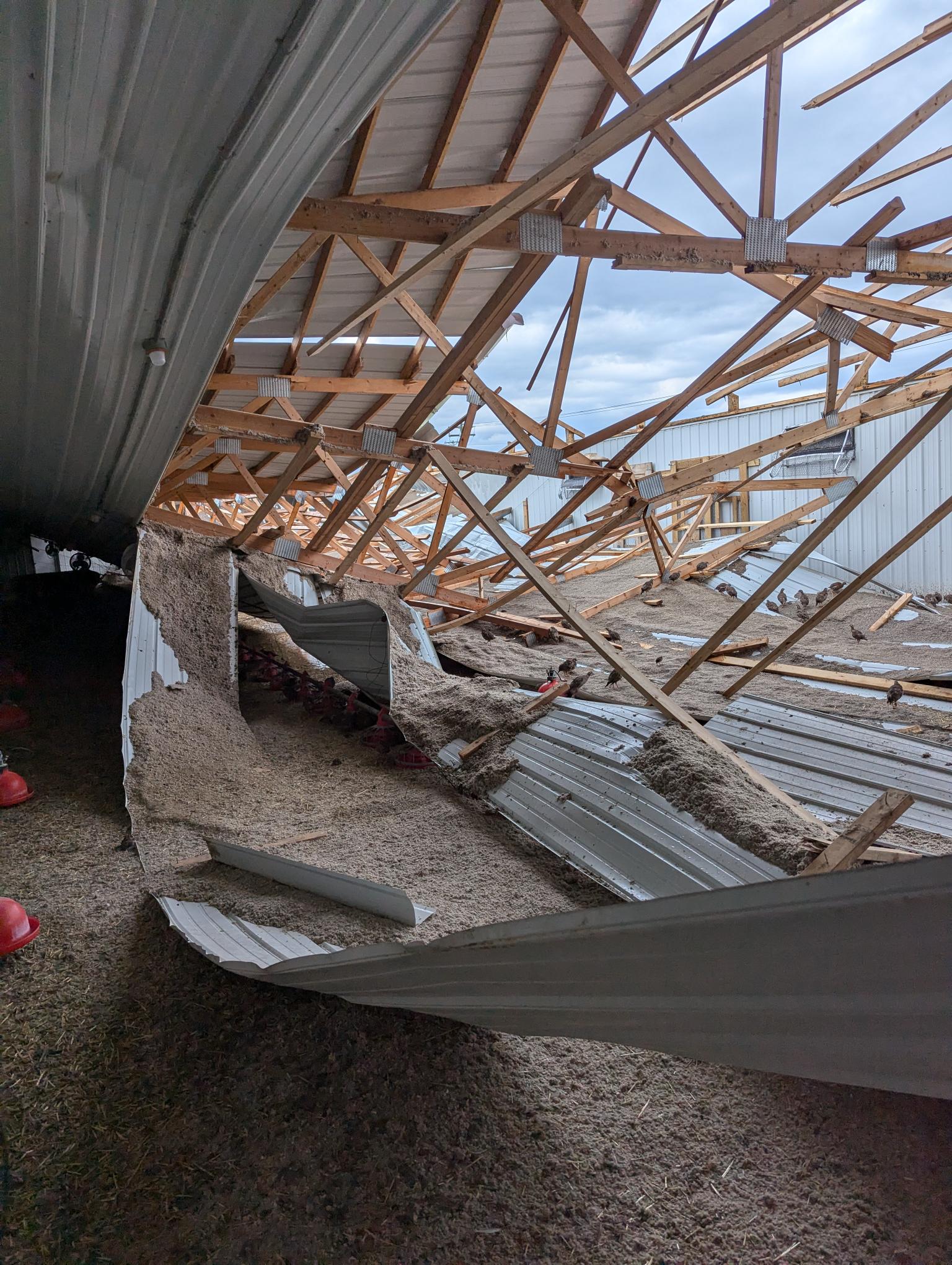
The Tornado’s Toll: 55,000 Birds Perished or Escaped & Over Two Million Dollars in Damages
Read Post
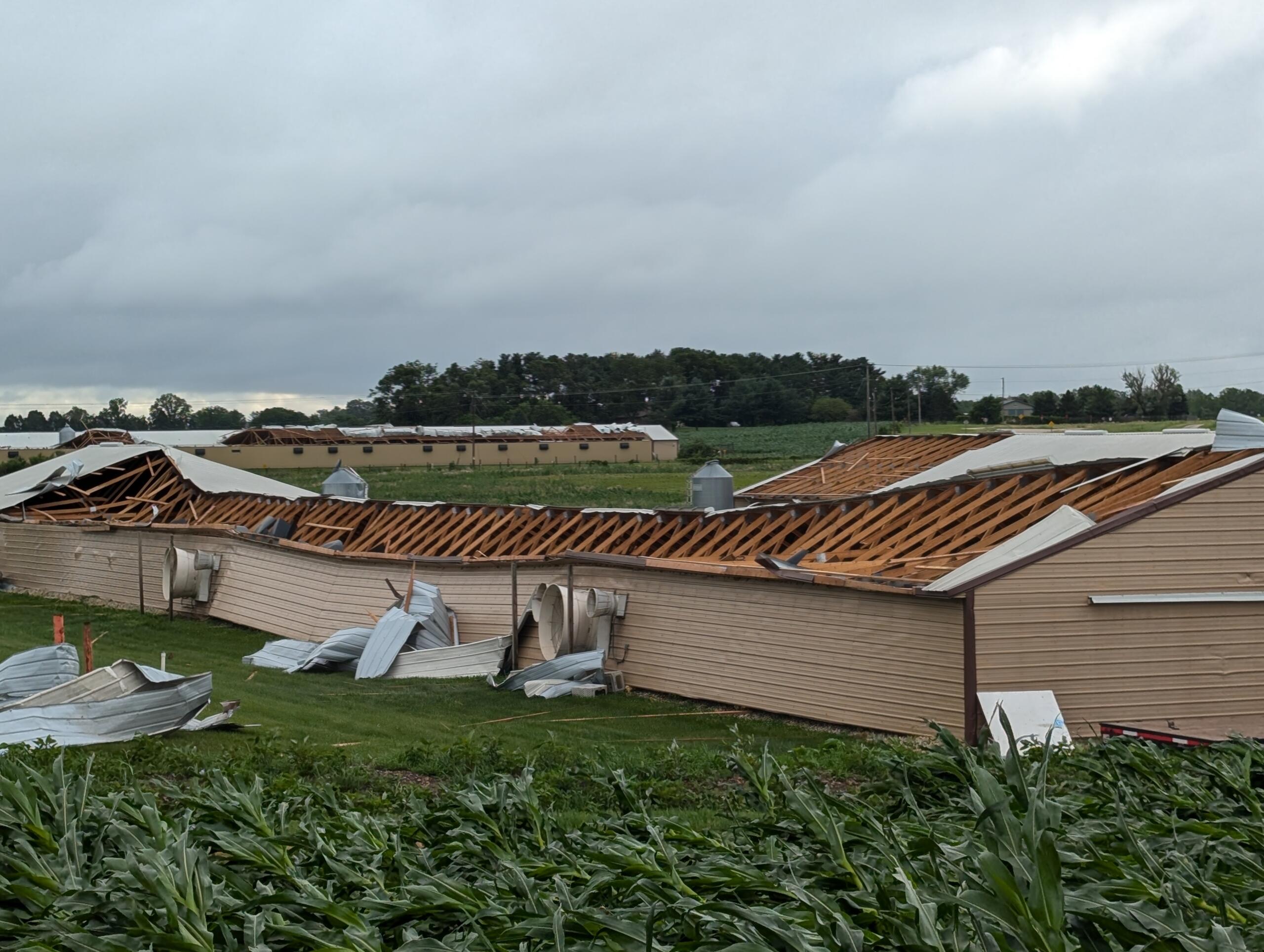
Recovery Update from MacFarlane Pheasant Farm
Read Post
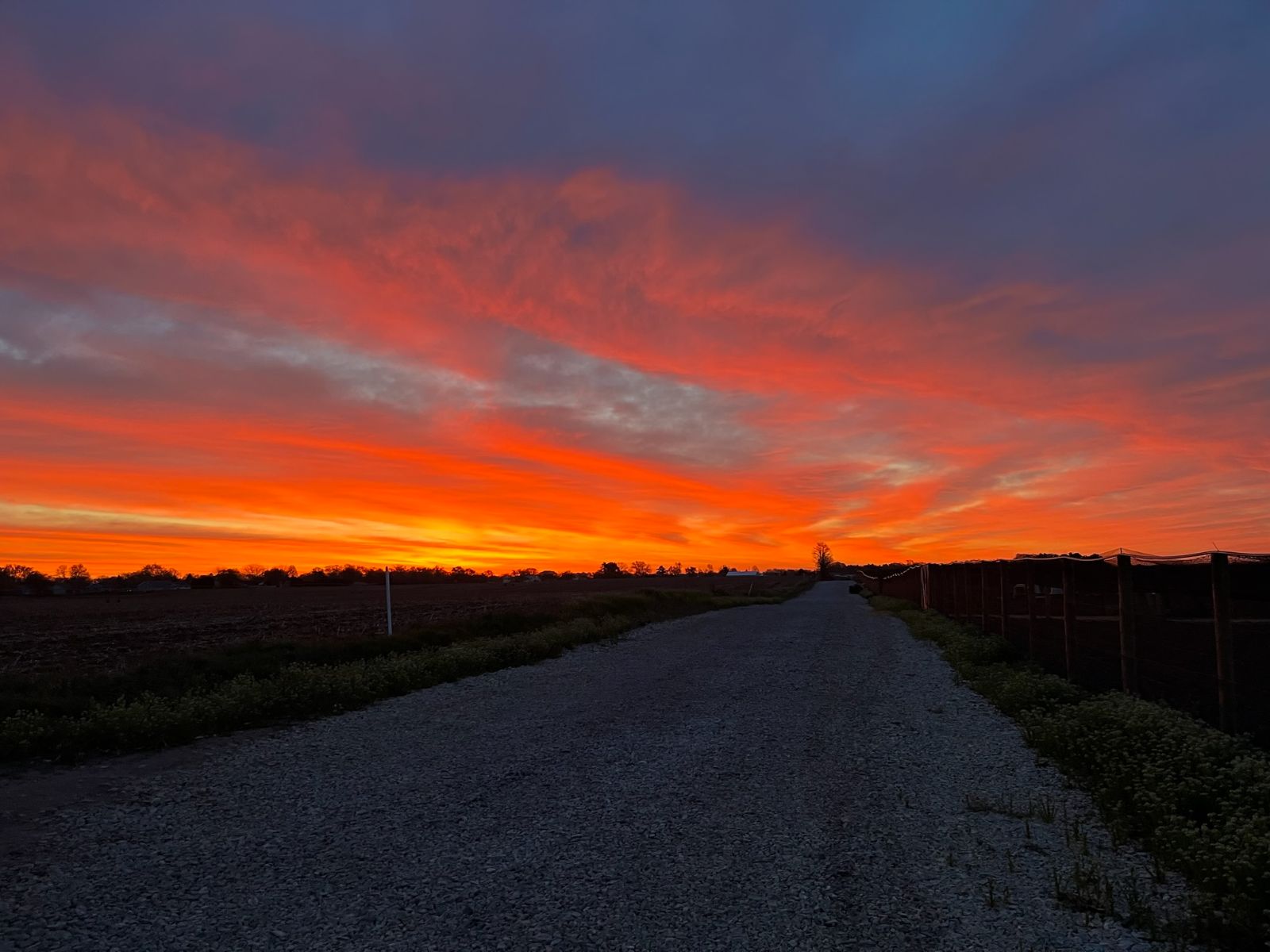
A Journey of Expansion: Jim Clark’s Legacy & Our New 16 Acres of Pheasant Pens
Read Post
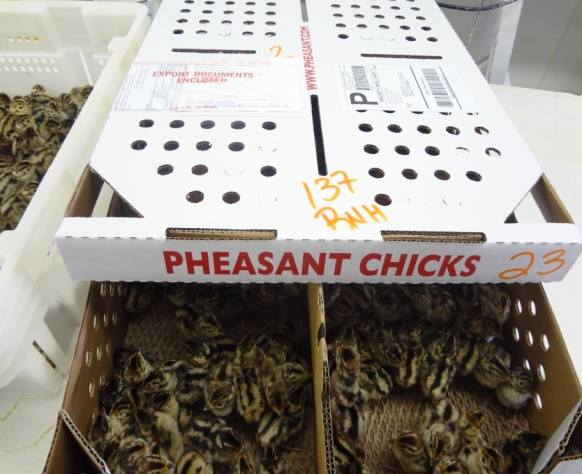
Shipping Chicks Safely During Cold Weather Months
Read Post
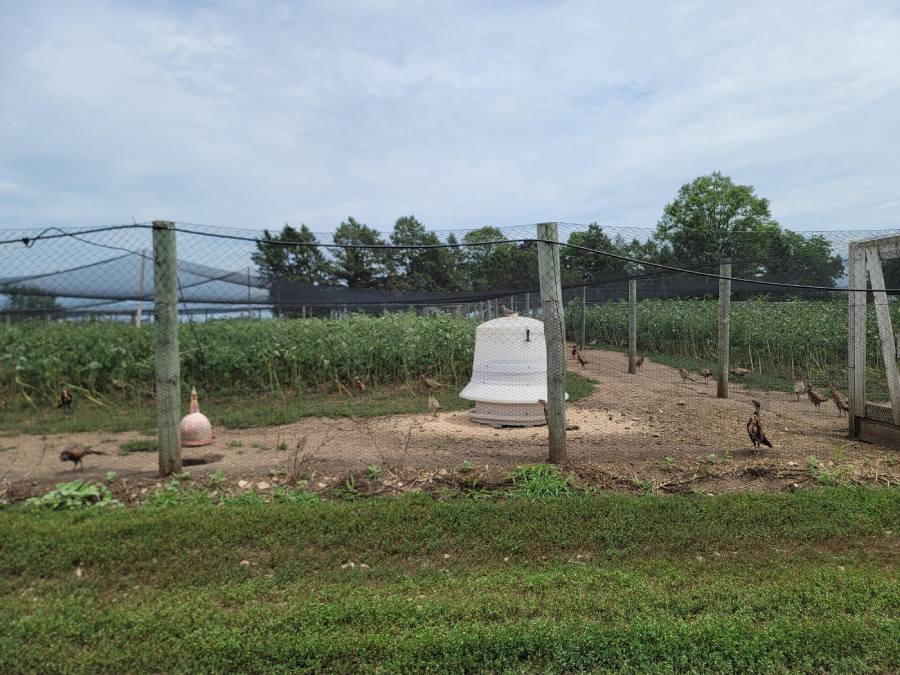
Preparing Our Barns & Pens Each Spring
Read Post
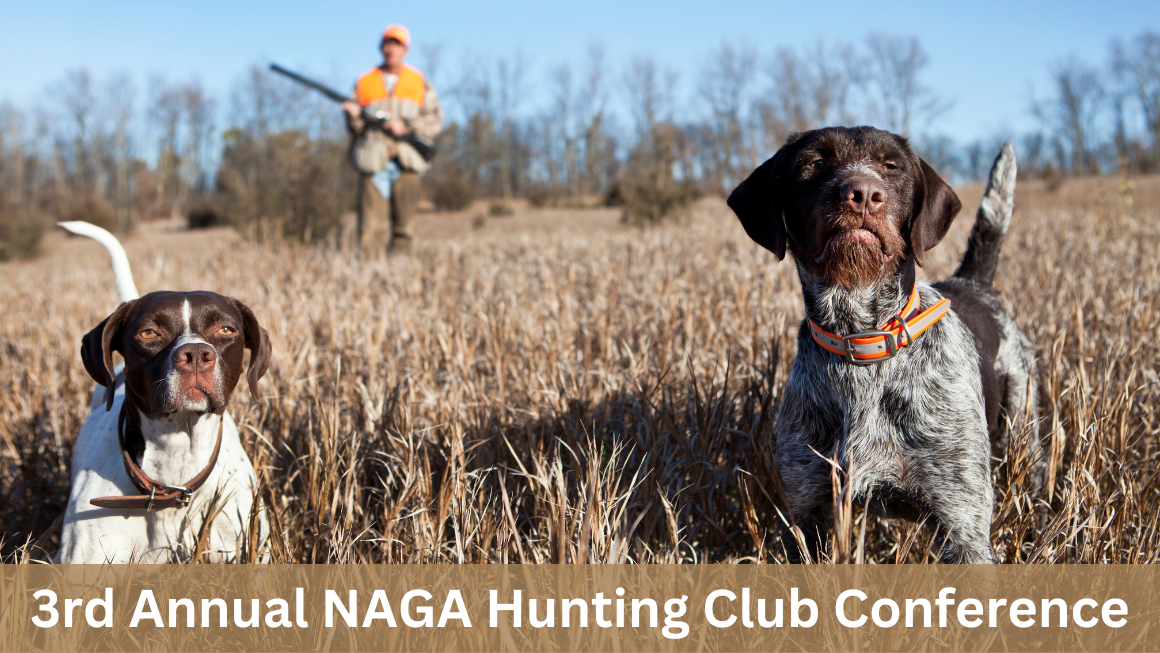
Join Us at the 3rd Annual NAGA Hunting Club Conference!
Read Post

The Unique Talents of MacFarlane Pheasants Office Staff Benefits Our Customers!
Read Post

Busy Times at MacFarlane Pheasants’ Missouri Breeder Farms 2024!
Read Post

Important Announcement: Transition of MacFarlane Pheasants’ White Bird Division
Read Post

NAGA Hunting Club Conference Registration is Open!
Read Post
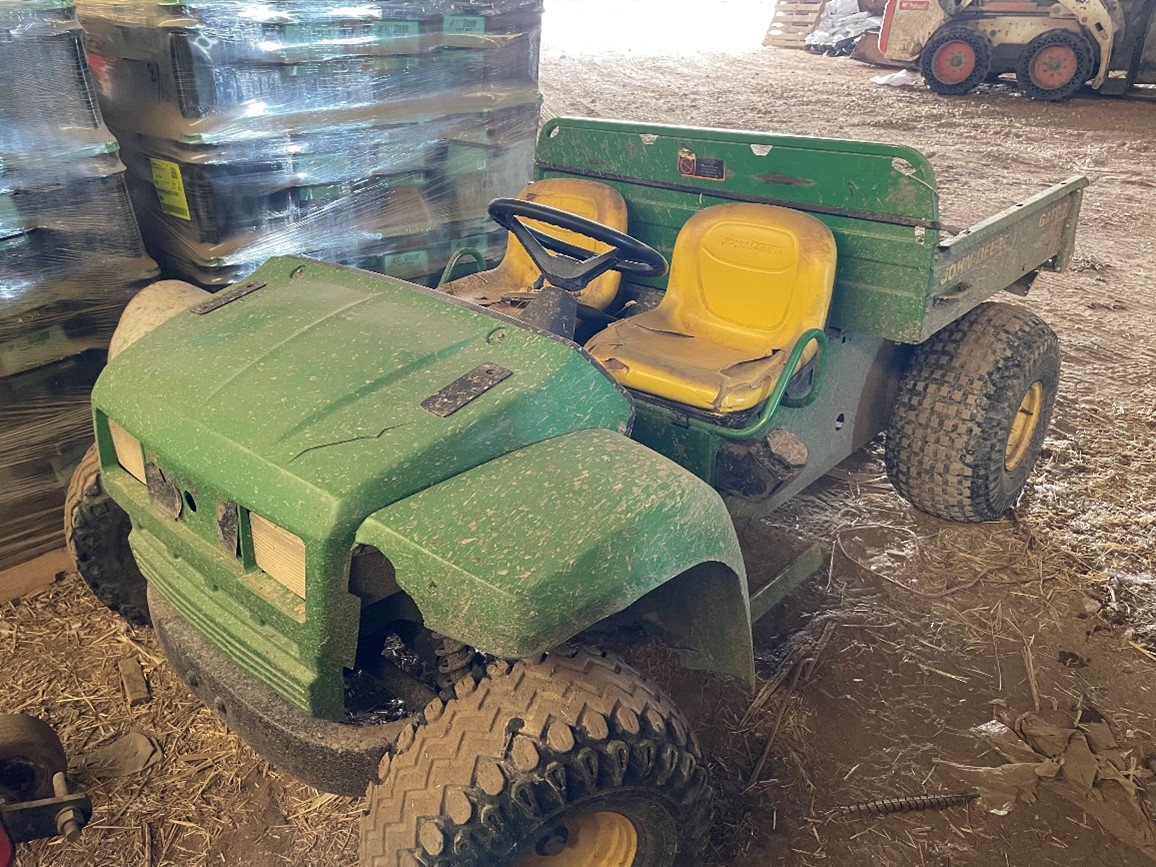
MacFarlane Pheasants is Using 4-Wheelers for Farm Upkeep
Read Post
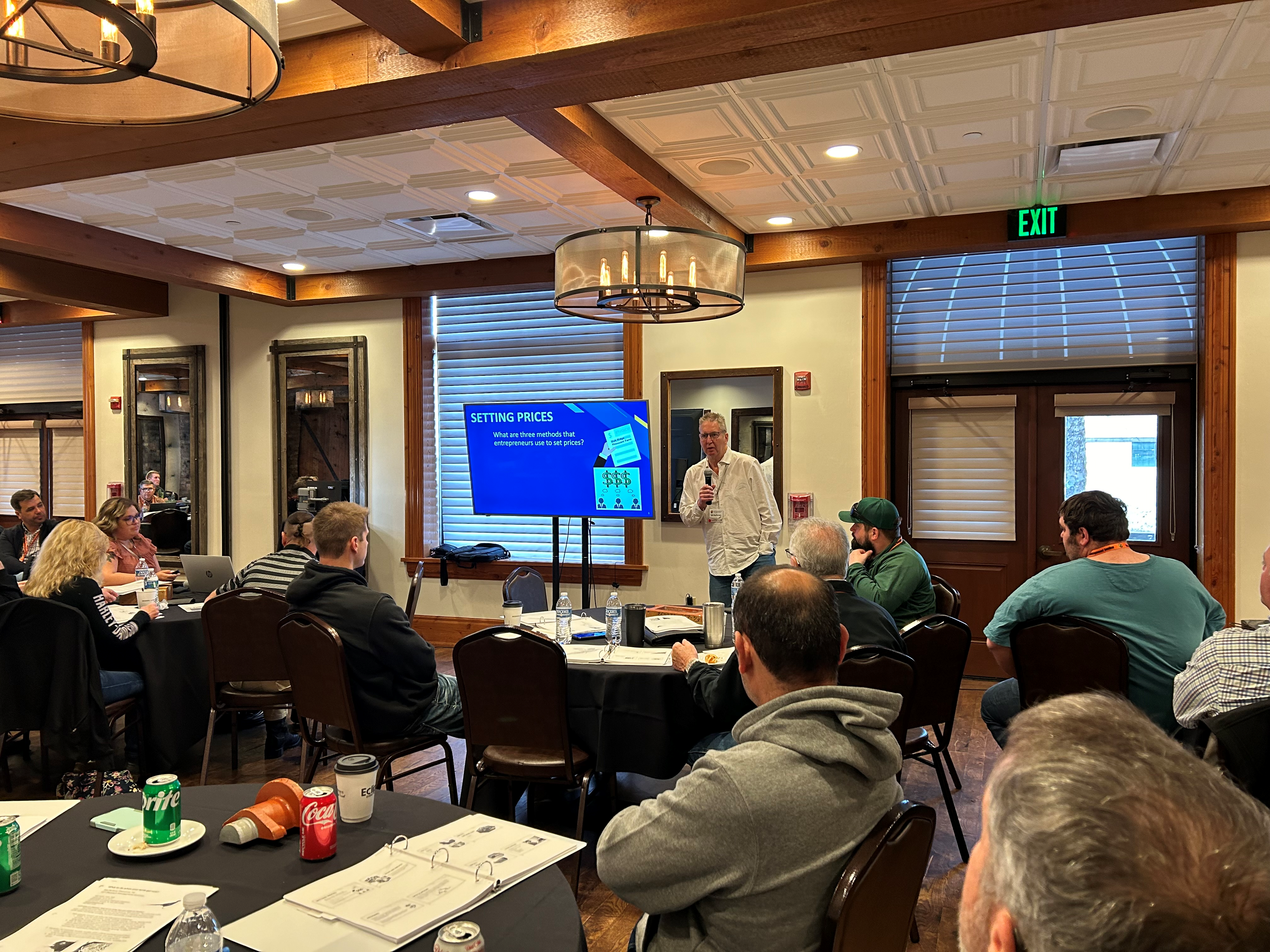
The 14th Biennial Pheasant Management Seminar-March 3-6, 2024
Read Post

Hatchery News at MacFarlane Pheasants
Read Post

Order MacFarlane Pheasants Brats and Pheasant Pot Pies Soon-Sale Prices
Read Post
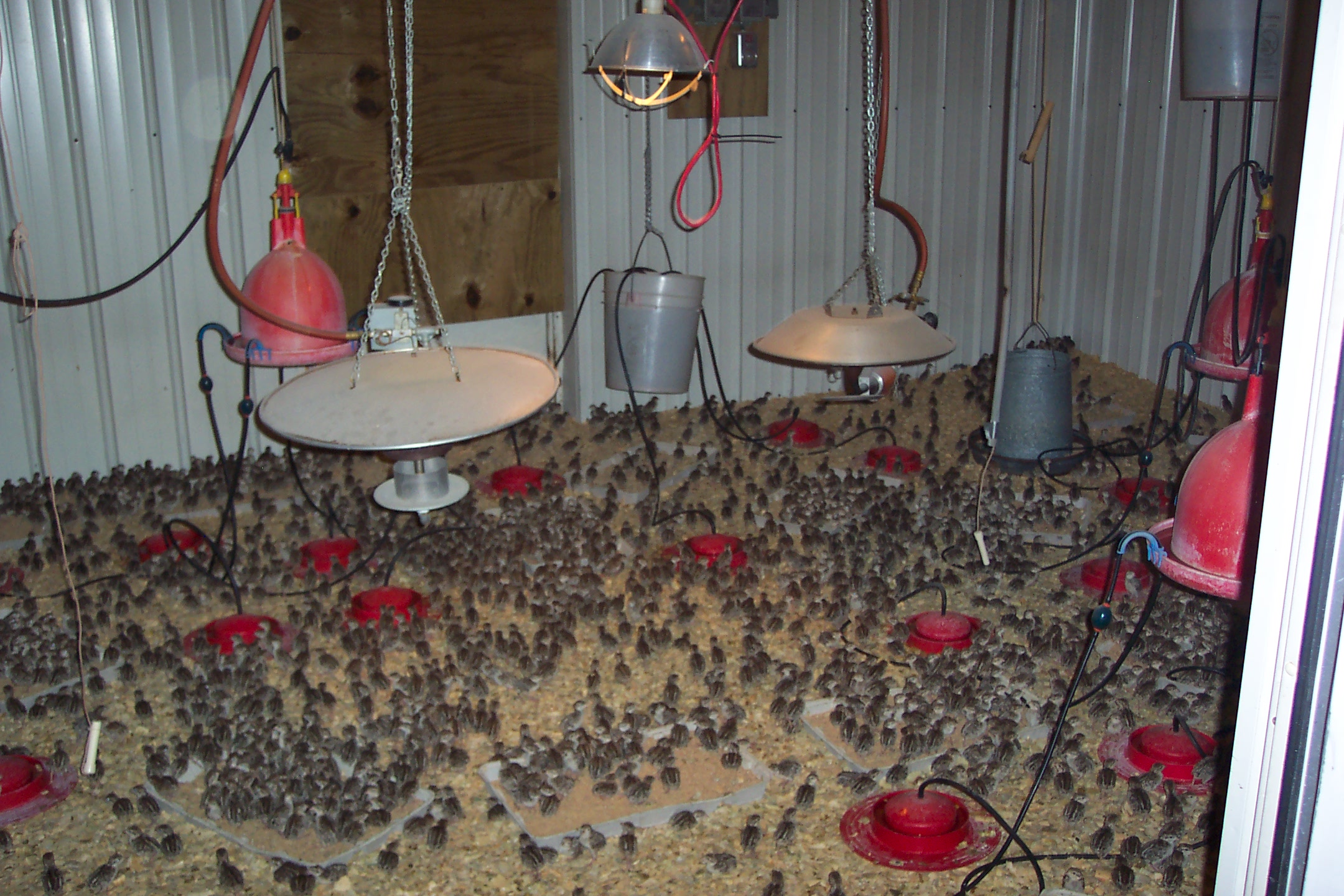
How We Prepare For Brooding Our Chicks
Read Post
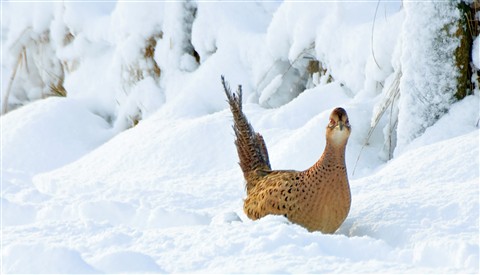
How We Winterize at Our Milton Farm
Read Post
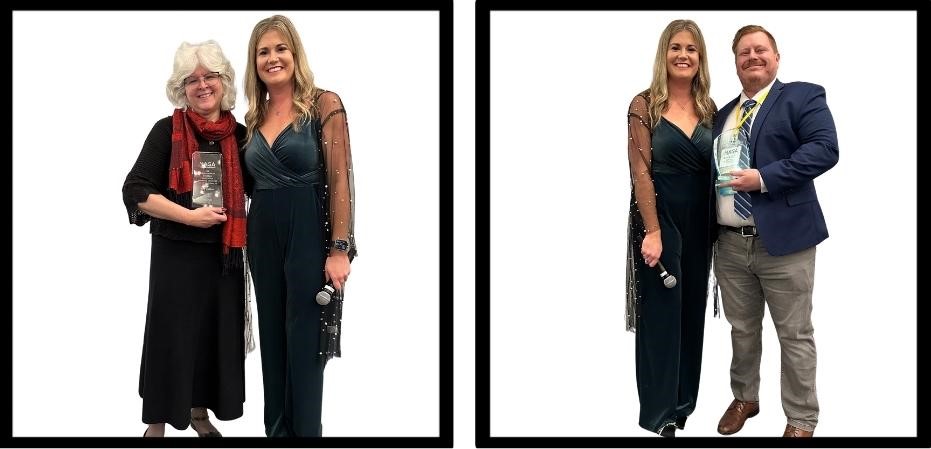
The North American Gamebird Association (NAGA) Conference 2024
Read Post
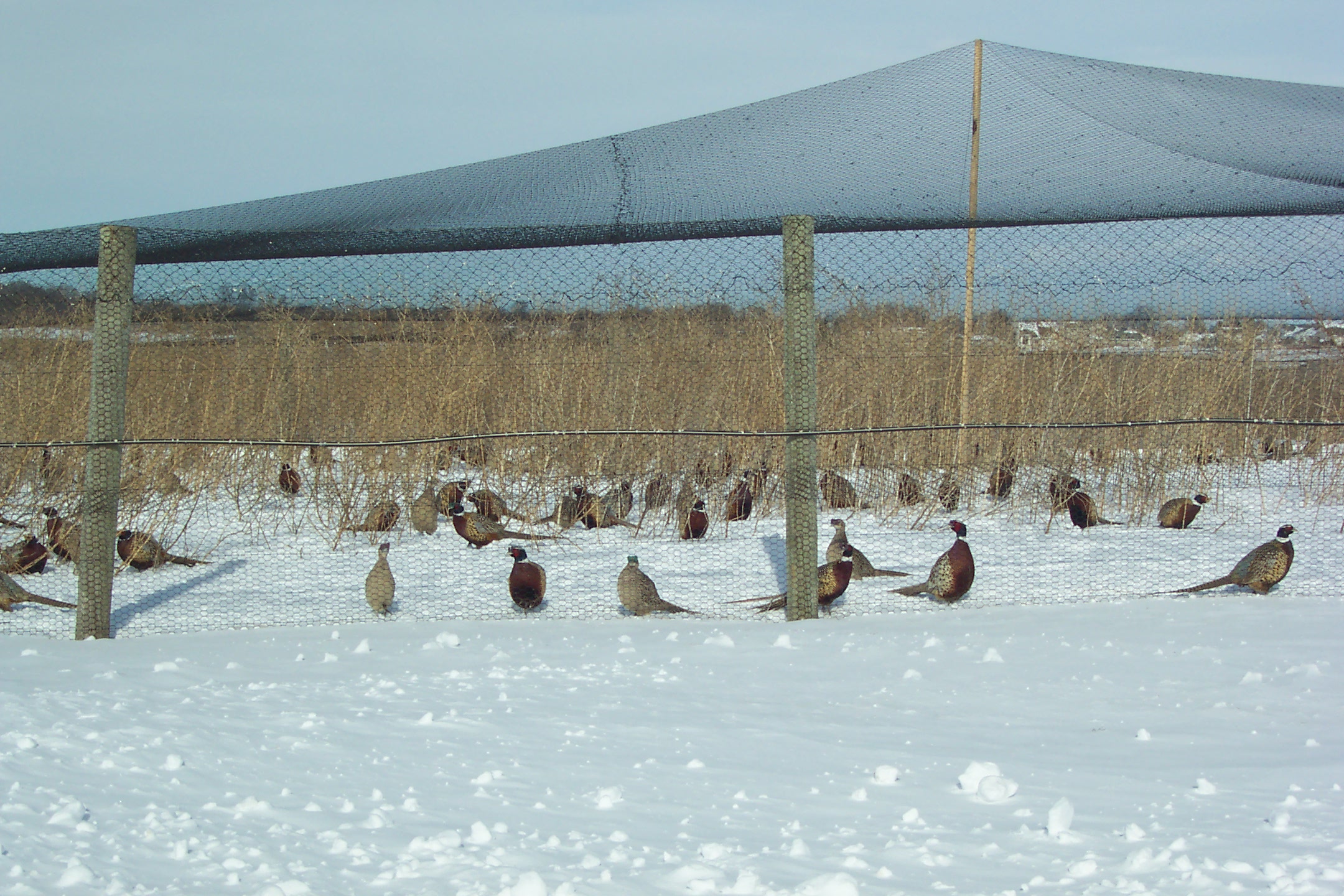
WI Storms and MacFarlane Pheasants
Read Post
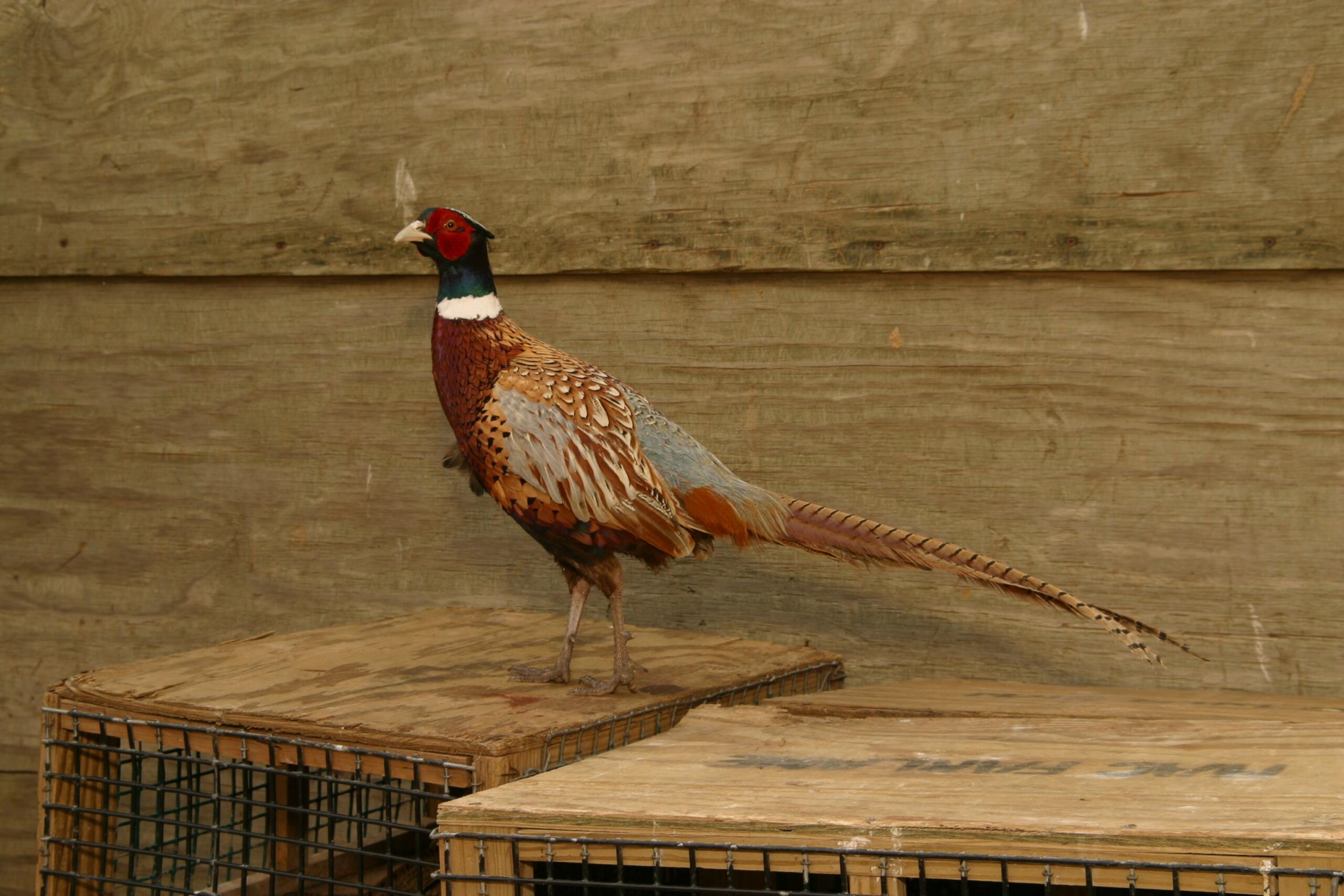
Let’s Talk About Mature Pheasant Sales At MacFarlane Pheasants In 2023-2024!
Read Post
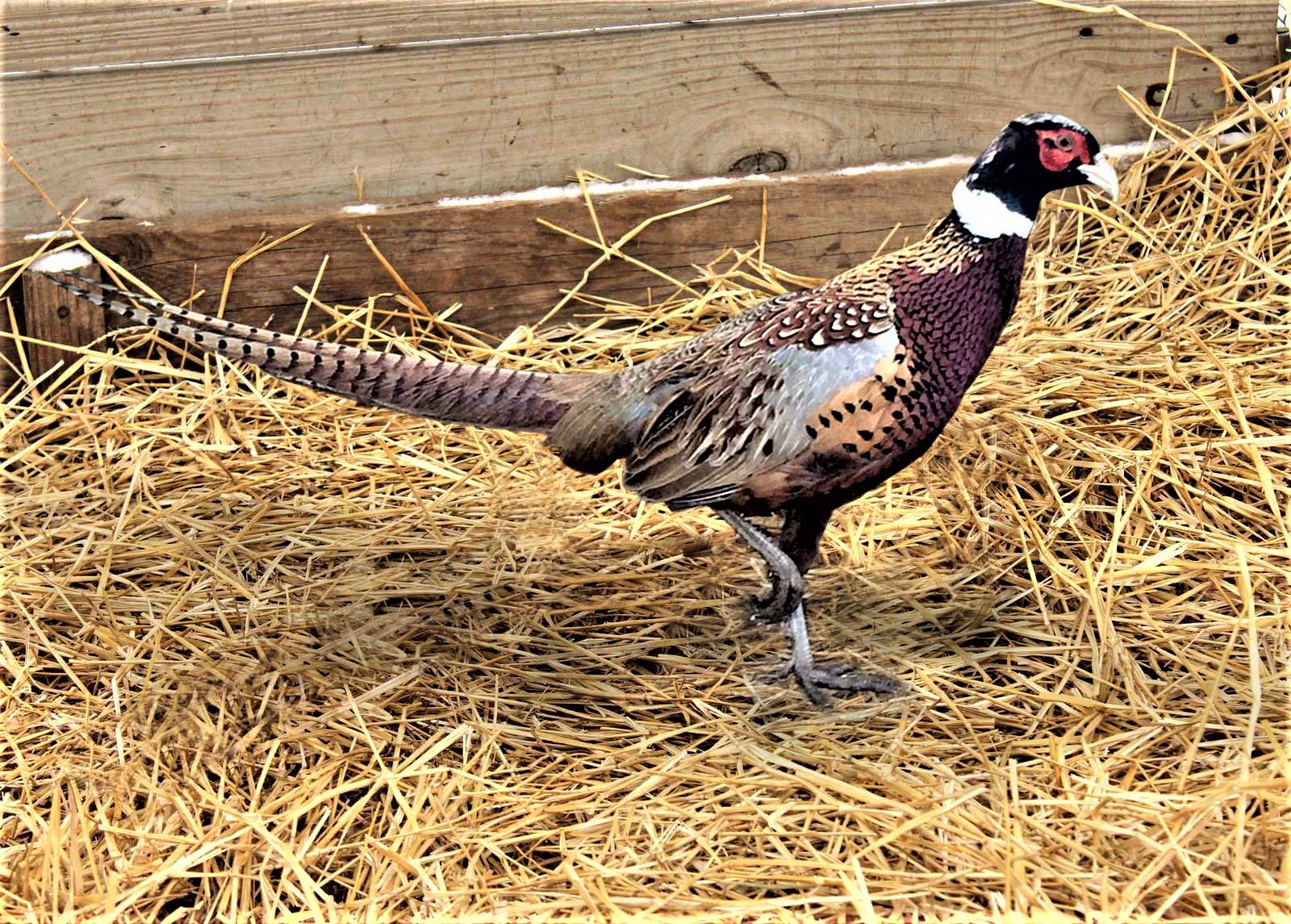
Our Milton Farm in 2024!
Read Post

Pure Pheasant-The All-Natural Alternative!
Read Post
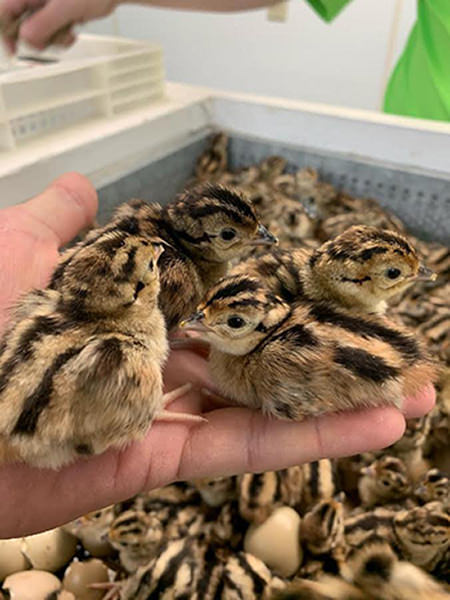
We Protect Our Pheasant Chicks with Grow Gel Before Shipping
Read Post
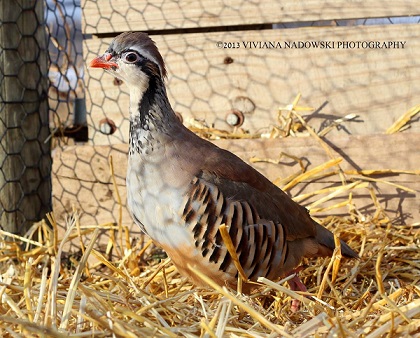
MacFarlane Pheasants Raises French Red-Legged Partridges
Read Post
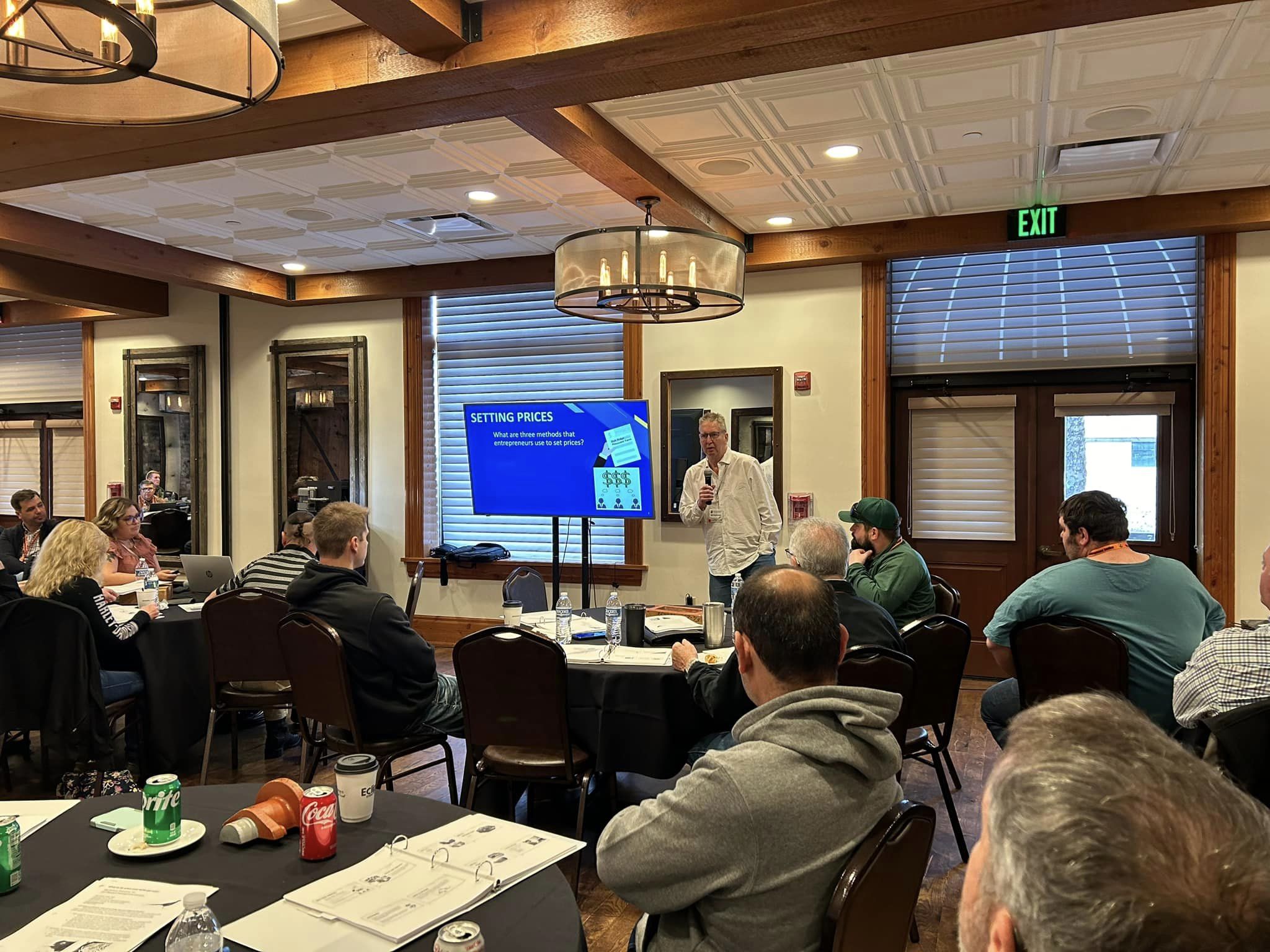
MacFarlane Pheasants Announces: 14th Bi-Annual International Pheasant Management Seminar March 3-6, 2024
Read Post
